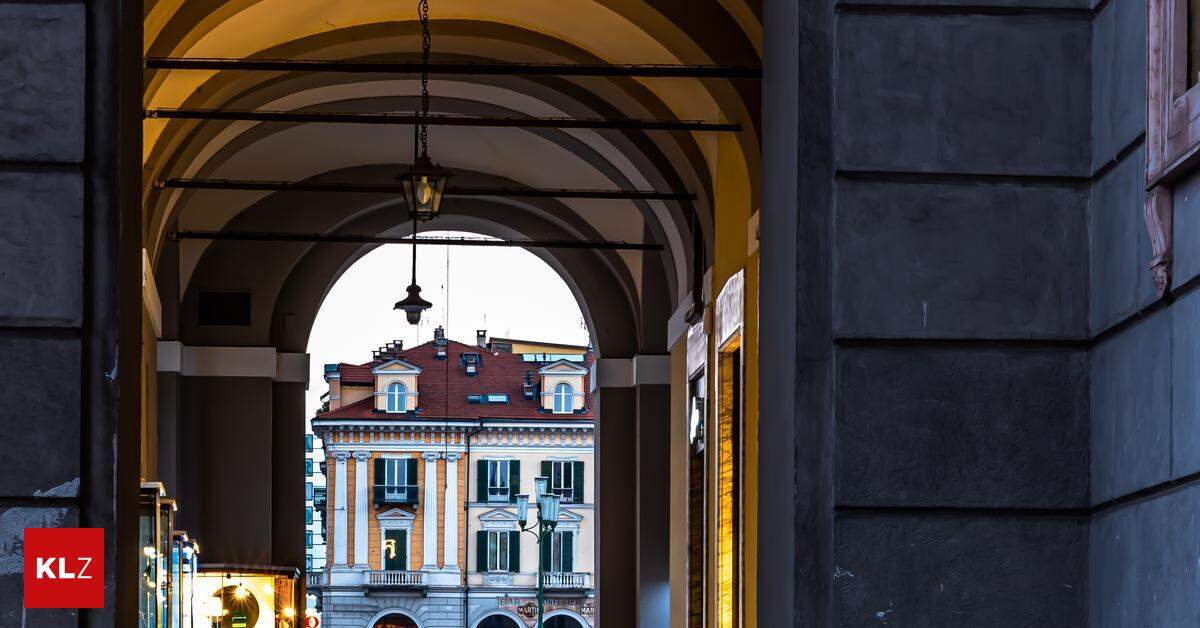First encounter: A roundabout with a sign indicating Cuneo. Which we deliberately ignored. Our route took us through northern Italy towards the Côte d'Azur. We had neither eyes nor free time for anything with “Cu…” A few years later, I met the city again, the name of which I had long forgotten: a trip to the Franco-Italian Alps, the focus of which was cycling along the high-alpine military road “Alta Via del Sal”. The starting point for the 2000m climb was Cuneo, and this time we took our time.
Today Cuneo is, geographically speaking, in the corner. The road to the Riviera has been closed since the devastating storms of 2020 Closed, perhaps until May of this year. The old Tenda Railway, also called the “Wonders Railway”, still runs from Cuneo to Ventimiglia or Nice (the track splits). An eight-kilometre-long tunnel crosses the main chain of the Maritime Alps. With a total of around a hundred tunnels and an elevation difference of over 1,000 meters to overcome, this is one of the most beautiful routes through the Alps, and a delight for railway romantics.
Arches and mountains
Cuneo connects Piedmont with the Mediterranean – history shapes the city, and the medieval essence gives rise to its charm. Via Roma separates not only the rows of buildings, but also the historical periods: on the one hand, you are greeted by the Middle Ages, and on the other, by the arcades from the 18th and 19th centuries that line the shopping street. The city boasts arcades that extend a total distance of eight kilometres.
Cuneo can be reached by train from Turin or Milan in two hours, and Limon can be reached in just over half an hour by train, so it is car-free: Limon is the starting point for tours of the “Alta Via del Sale” – a hotspot for motorcyclists and cyclists, but also for hikers and off-roaders. Fortunately, the road is closed on certain days to non-motorized cyclists.
Another of the little-known beauties of Piedmont is the natural park. Cuneo means “wedge” – the city is located on a hill, and this hill forms a wedge between two rivers, the Stura and the Jesu. An elevator from the upper town leads to the “Parco Fluviale Gesso e Stura”, which also has a bicycle area. The wonderfully pristine river landscape can be explored by bike, which you can also borrow.
Class rather than quantity
Don't you know Cuneo? Then you have to get to know her. But you're sure to know one tribute from the region: Alba, the home of Nutella, is located in the province where its hazelnut trees abound. Autumn weekends are reserved for the famous white truffle.
We are lucky and experience the region's delicious cuisine in a particularly elegant setting: on this day in July, 400 dignitaries are seated at a long table along Corso Nice, which leads to the huge Piazza Galimberti. We can also treat ourselves to this charity event. The title of “Alpine City of the Year” will boost tourism. There is no need to fear the destructive power of the masses here.
More about this year's Alpine cities

“Food practitioner. Bacon guru. Infuriatingly humble zombie enthusiast. Total student.”








More Stories
Kyiv: Russian Kursk offensive halted
US Presidential Election: Former US Government Officials Warn Against Donald Trump's Election
Netherlands wants to leave asylum system